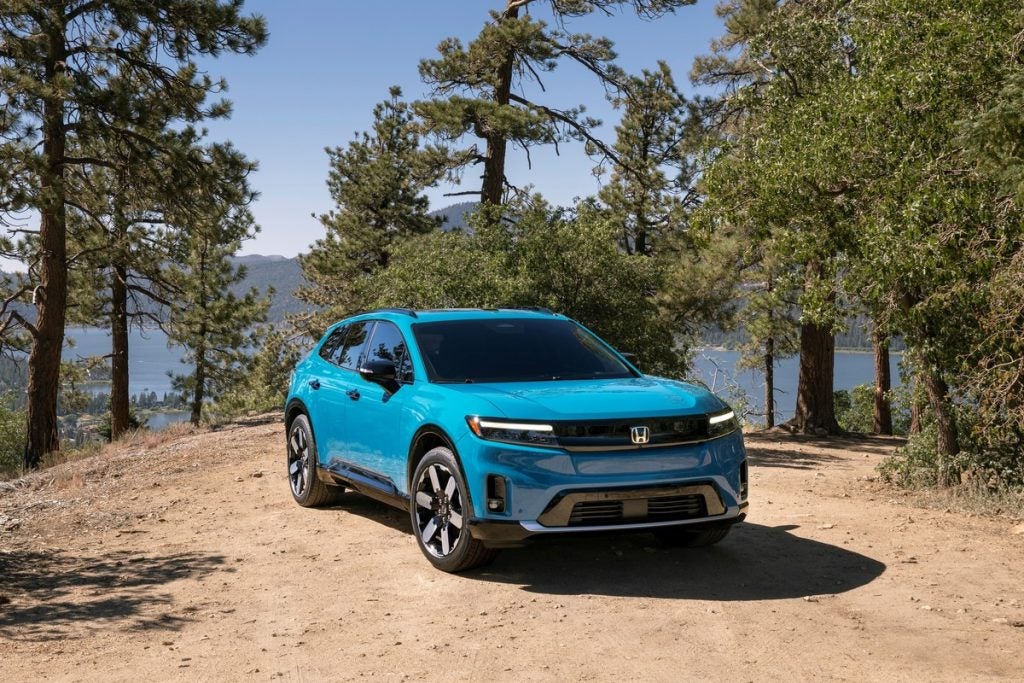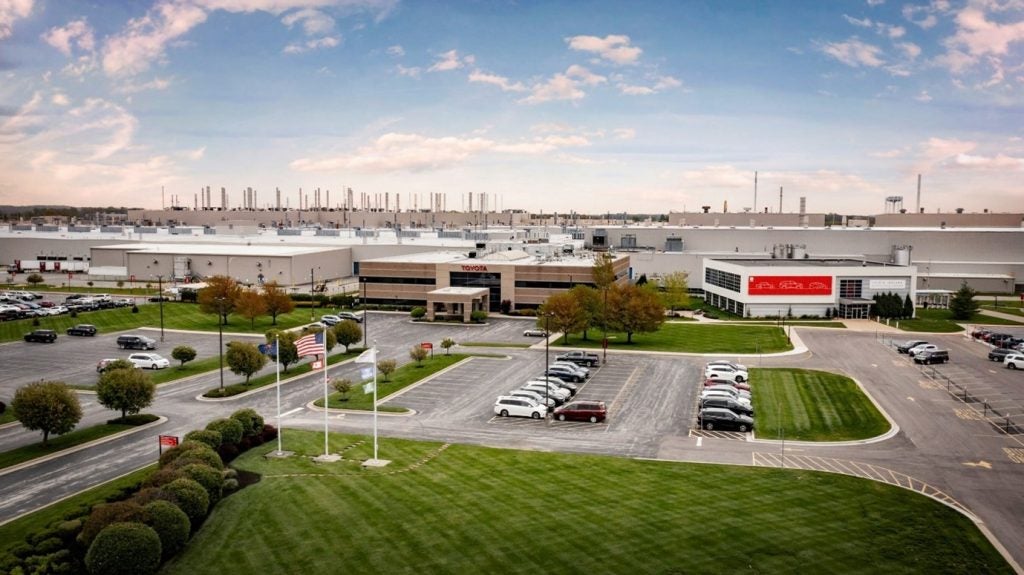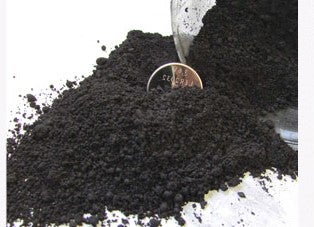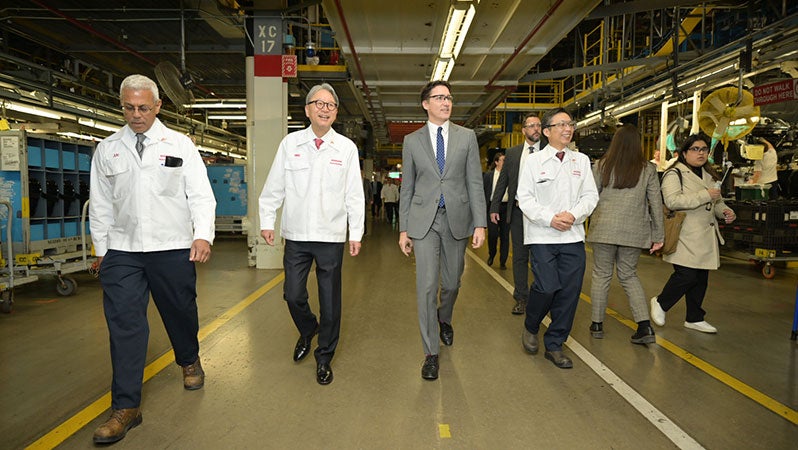Honda Motor’s US sales fall last month was similar to the 35% drop seen in December, and it would take several months to bring inventory down to sound levels, chief financial officer Yoichi Hojo has said.
He told Reuters the automaker planed to operate its factories in North America, Japan and Asia (except China) at just 60% of capacity in its final fiscal January-March quarter to reduce excessive stocks, as sales continued to slide.
As sales showed no sign of recovering, low production levels would continue throughout the April-June quarter, Hojo said in an interview.
“Sales performance in January was similar to December [in the United States],” he said, declining to give a specific figure ahead of the official announcement tomorrow (3 February).
Honda had about 100 days’ worth of inventory in the US now, compared with ideal levels of 50-60 days, Hojo told the news agency.
How well do you really know your competitors?
Access the most comprehensive Company Profiles on the market, powered by GlobalData. Save hours of research. Gain competitive edge.

Thank you!
Your download email will arrive shortly
Not ready to buy yet? Download a free sample
We are confident about the unique quality of our Company Profiles. However, we want you to make the most beneficial decision for your business, so we offer a free sample that you can download by submitting the below form
By GlobalDataHe said the funding situation there, Honda’s biggest market, had improved “ever so slightly”, making more loans available to customers.
Hojo said the US finance unit launched asset-backed securities (ABS) of US$300m at the end of December and another $1bn in January. “We weren’t able to issue any (ABS) from June until December,” he said. “It’s still tough, but there are signs that the Federal Reserve Bank’s [easing] policy is working a bit.”
Honda on Friday slashed its profit forecasts for the fiscal year ending 31 March, projecting a JPY330bn yen (US$3.7bn) operating loss in the January-March fourth quarter.
Reuters noted that Honda was among the few Japanese automakers expected to escape an annual loss, thanks to its profitable motorcycle division that has held up better than the car side.
Hojo said securing a profit in the next business year would be “quite difficult” if the dollar stayed below JPY90 and added the automaker was doing everything it could to reduce short-term costs.
“With currencies, all we can do is to try to limit exports from Japan and increase local production overseas,” he said. “But that can’t be done right away.”
Honda has never posted a loss in its history, even when the dollar touched a record low of just below JPY80 in 1995, the report noted.
Hojo told Reuters the dollar had averaged around JPY100 that year – the same level it is assuming for this year – and that making money on a far stronger yen would be tough.
Honda hopes, in the short term, to cut fixed costs mainly through reductions in wages/salaries and staff numbers, Hojo said. It cut directors’ monthly salaries 10% last month and said today it would cut management salaries about 5% from this month.
Honda has secured voluntary retirement from 1,000 workers, or a fifth of the [4,700-strong] workforce, Hojo said.
A spokesman for Honda (UK) Manufacturing, whose factory closed last Friday for four months until the end of May, confirmed the number to just-auto, adding the programme, referred to internally as the ‘associate release programme’ was now closed.
Other measures to reduce labour costs are being considered through negotiations with unions, Hojo told Reuters.
Further out, Honda would try to cut costs by building vehicles more efficiently and cheaply, Hojo said.
One such strategy would be to produce most of the parts for its high-volume, 100-125cc commuter bikes in just three countries and ship them to assembly sites around the world such as those in Brazil, China, India, Thailand, Japan.







